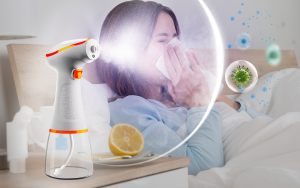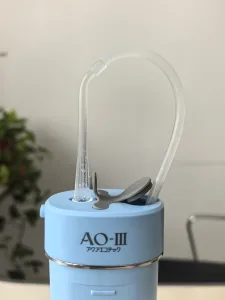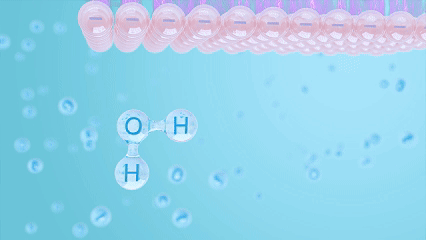
Electrolytic Ozone Water vs. Tap Water: A Comparative Study on Hydroponic Bean Growth
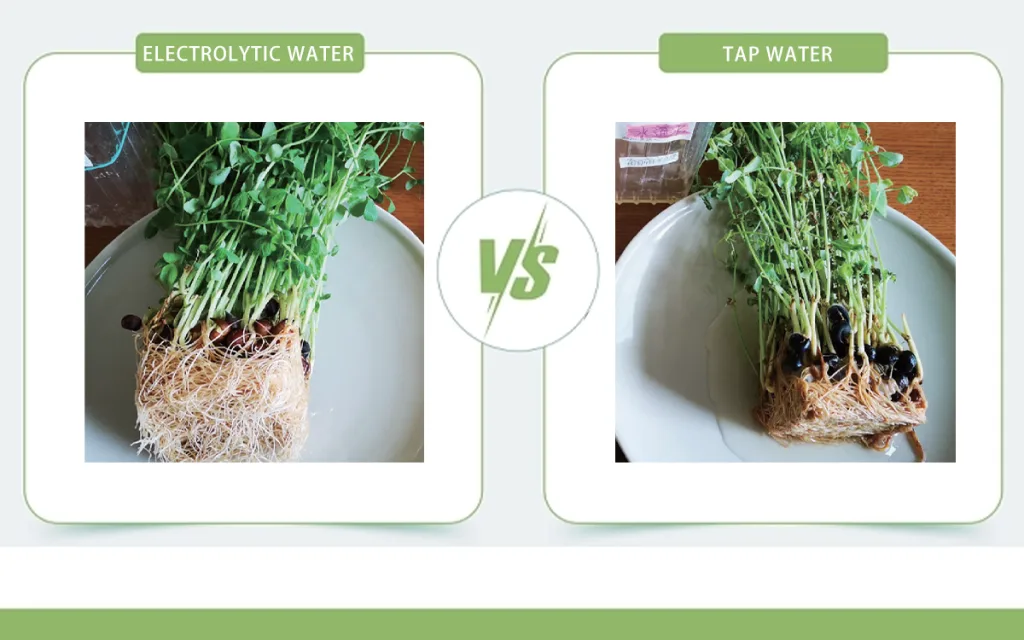
Our Japan team conducted a 22-day study on hydroponic cultivation of bean seedlings, comparing the effects of electrolytic ozone water and tap water. Below are the testing data results.
Experimental Methods:
1.Materials:
On August 28, 2020, purchase a bunch of bean sprouts from a supermarket.
2.Preparation:
· Cut off the leaves approximately 5 cm from the bottom of the sprouts.
· Separate the cut leaves into two groups and place them in two separate containers.
3.Setup:
· Label the containers as “Electrolyzed Water” and “Tap Water.”
· Change the water daily, following the procedures below.
4.Water Change Rules:
Electrolyzed Water Side:
· Prepare fresh electrolyzed water each morning by electrolyzing tap water for 3 minutes.
· Replace the old water with the freshly prepared electrolyzed water.
· Ensure tap water is never directly added to this container.
Tap Water Side:
· Discard the old water each morning.
· Rinse the roots and the container with fresh tap water to remove any stickiness.
· Refill with fresh tap water.
5.Water Level:
Maintain a consistent water level in both containers, avoiding excessive water.
6.Daily Observations:
Record any noticeable differences in the condition of the sprouts between the two containers.
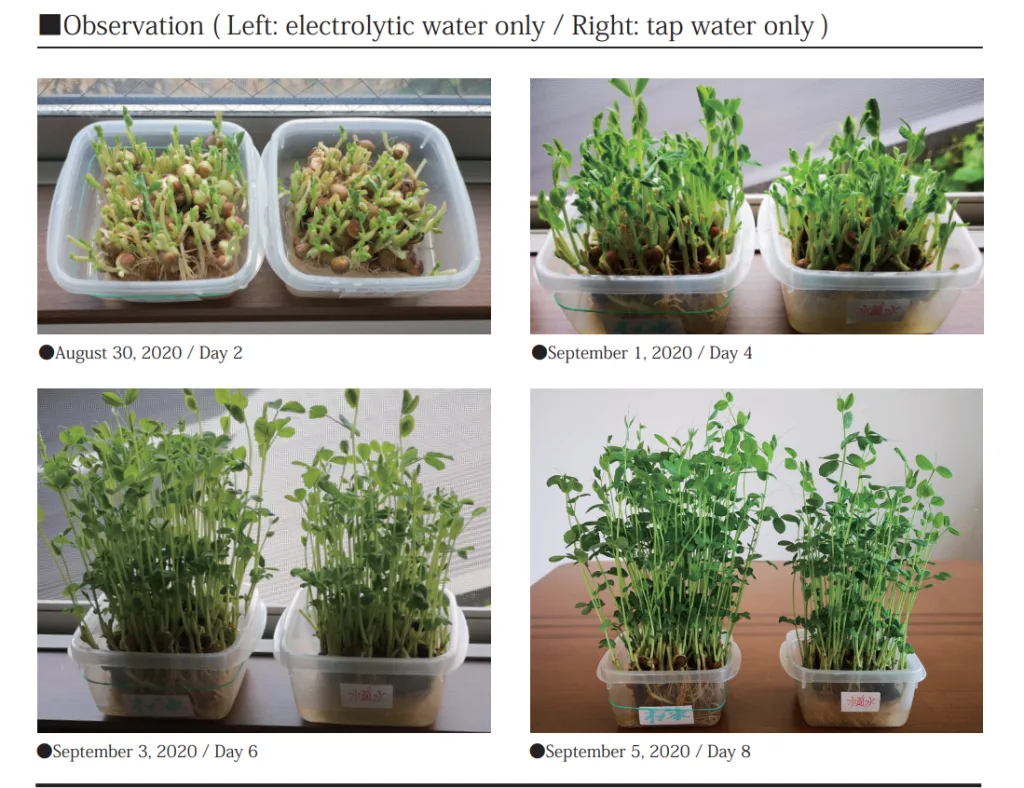
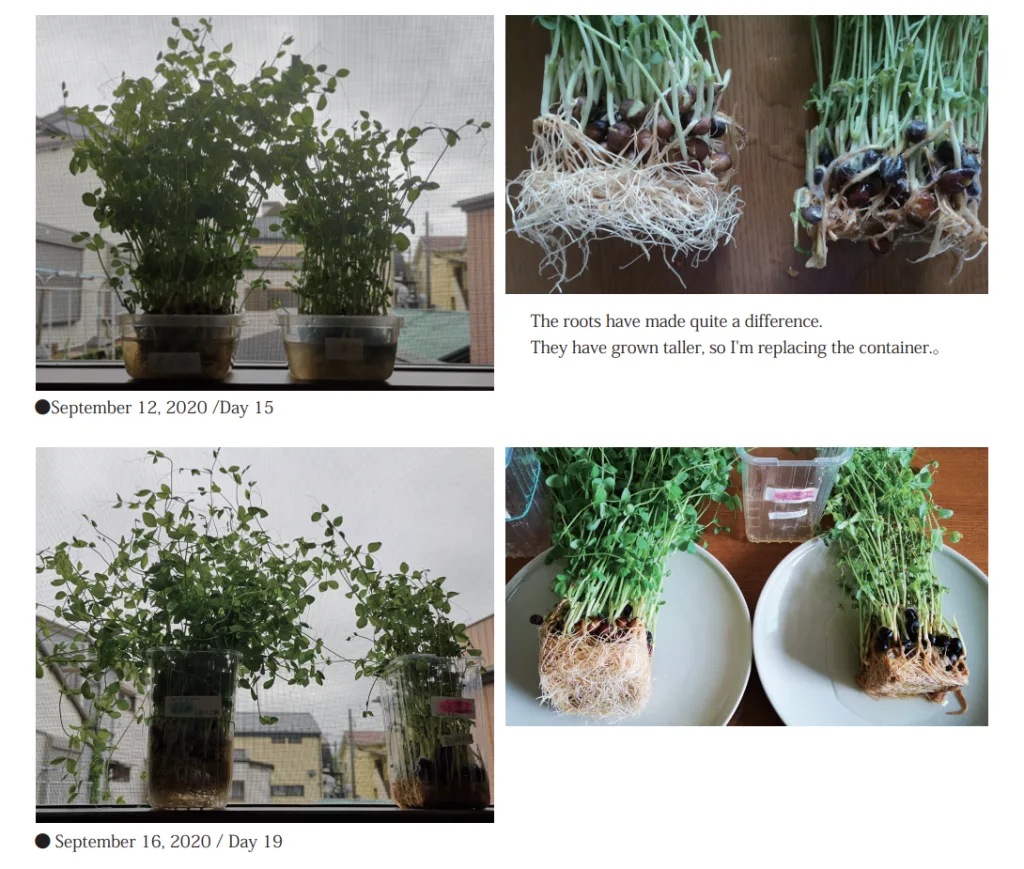
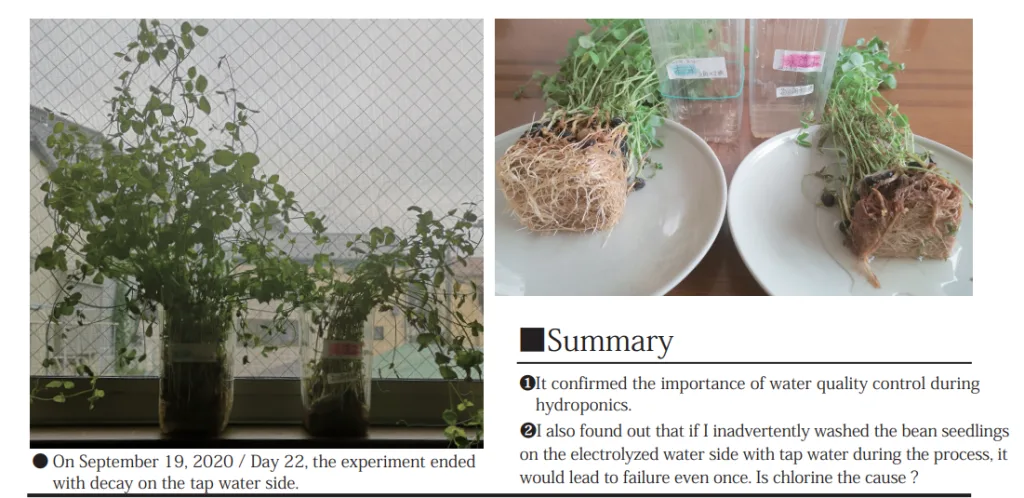
A 22-day study comparing bean sprouts grown in electrolytic ozone water and tap water highlights the transformative impact of water quality on agriculture. The sprouts in electrolytic ozone water grew taller, greener, and had pristine roots, while those in tap water showed weaker growth and root discoloration. This underscores the crucial role of water quality in both hydroponics and traditional farming.
Beyond promoting better plant growth, electrolytic ozone water offers multiple benefits for agriculture. It helps reduce harmful microbes, leading to healthier crops with fewer diseases. By enhancing nutrient absorption, plants develop stronger roots and higher yields. Additionally, electrolytic ozone water helps break down harmful chemicals and pesticides, making farming more eco-friendly and sustainable.
By minimizing the need for chemical fertilizers and pesticides, this technology can lower production costs while ensuring cleaner, safer produce for consumers. With its ability to improve efficiency and sustainability, electrolytic ozone water is shaping the future of modern agriculture.
Related recommendations
-
How to Use Electrolytic Ozone Spray for Cleaning
618Electrolytic ozone spray offers a safe, eco-friendly way to clean and sanitize surfaces, remove bacteria, and reduce chemical use in homes and workplaces.
View details -
Stay Protected During Winter Flu and Virus Season
238By integrating these simple yet powerful practices into your daily routine, you can enhance your immune defenses and enjoy a healthier, safer winter season.
View details -
People with misaligned teeth often face greater challenges in their daily oral hygiene routines.
130Electrolyzed ozone water mouthwash can thoroughly clean and inhibit bacteria and plaque between teeth.
View details -
Many people worry that water left in a water tank for extended periods can breed bacteria, affecting oral health.
165Electrolytic ozone water flosser, so that this situation does not happen again.
View details
 usefulozone
usefulozone


